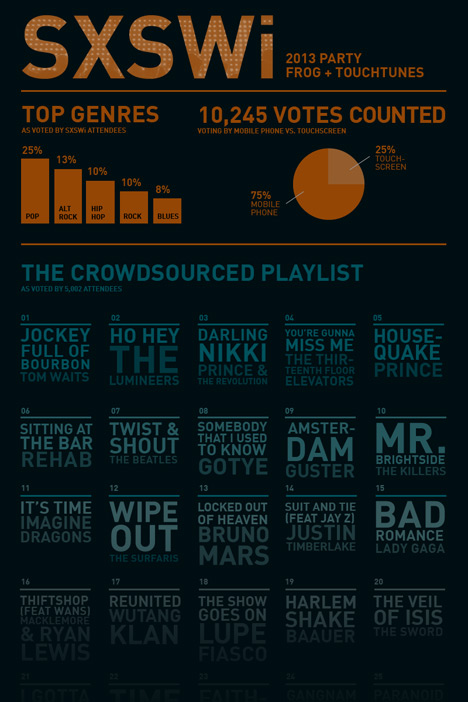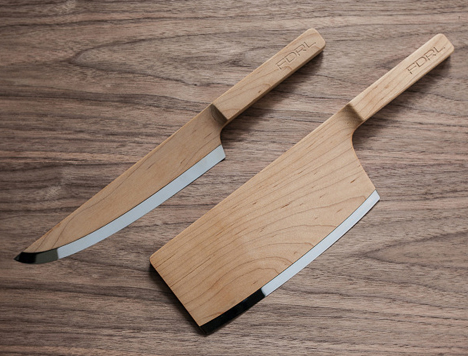![GreaterGoodStudio-SchoolLunch-1.jpg]()
Introduction: A Brief Exercise in Empathy
What food did you hate as a kid, that you now love as a grown-up?
Mine was guacamole. I used to hate guacamole! My mom would make it fresh and serve it at parties, and I just thought it looked so gross.
Now, of course, guac is one of my favorite foods. I regret the years I spent missing out on all that awesome homemade goodness. Why didn't I just try it? It's so delicious! My point is that it's hard to remember what it's like to be a kid. Sure, we remember some of the major moments, but it's particularly hard to recall how we behaved in daily life. In the case study below, our main users were kids, and since we couldn't literally become kids again, we had to find other ways to understand them. As you read about the project, try to remember what it was like to not like [insert food you used to hate here].
Designing Everything but the Food
At Greater Good Studio, we use design methods to solve social problems. We work with foundations, nonprofits, government agencies and social businesses, often saying that our mission is to work with people on a mission. We take an asset-based approach to research and design, because in the social sector, unmet needs are almost too easy to find. Rather, we look for assets—the people, resources, behaviors, relationships and systems—that are already working well. Our designs leverage those assets to create more and better life.
We were recently awarded a grant to teach a class at the School of the Art Institute of Chicago (where my co-founder George is a professor). The project was to design an elementary school cafeteria, with a team of grad and undergrad students. I know what you're thinking: it's an architecture project, right? Well, we approached the challenge as designing the interactions between kids and food. While a cafeteria is literally a room with four walls, it's also a dance between lots of people and lots of things, most importantly, kids and food. To create a great cafeteria experience, kids and food have to interact in a way that is positive, healthy and fun.
Another way to frame it is that rather than designing the space, we are designing the behaviors within that space. If we can find ways to support new behaviors, and facilitate great interactions, we can create a user-centered experience without moving any walls...which we weren't allowed to do anyway.
Lesson 1: Don't know the answer until you know the question.
We started by framing our project around health. How can we design a cafeteria that encourages healthy eating? We were inspired by Dr. Brian Wansink, a behavioral economist from Cornell, who showed that simple cafeteria changes like placing the milk before the soda could have enormous impact on diners' choices. However, the healthfulness of school lunch is a subjective, politicized issue. And healthy food is no silver bullet: When Chicago Public Schools changed its menu to add healthy options, kids opted out! (And lunch ladies protested).
Most importantly, we are designers. We're not nutritionists, chefs, food scientists, farmers or supply chain managers. What can we bring to the table? We thought about our responsibilities as designers: to be action-oriented, to understand people on an individual level, and to think first about desirability, rather than feasibility or viability or "how this will do in opinion polls." Our expertise is in human experience, and so that's where our research began.
![GreaterGoodStudio-SchoolLunch-2.jpg]()
Observing lunchtime that first afternoon at Academy for Global Citizenship (AGC), the charter school where our project was based, we noticed one really glaring pattern: every adult in the room was trying to get kids to eat. They were playing eating games, "selling" the merits of various dishes, and straight-up pleading with kids to take one more bite. Our first reaction was, "They are working really hard at this!" And our second reaction was, "It's not even working." Kids were throwing out lots and lots of perfectly delicious food at every meal. We realized that rather than encouraging kids to eat healthier, the ideal cafeteria is one that simply encourages kids to eat—though, as any parent knows, that is no small feat.
The lesson here is to not assume the answer until you know the right question. There's a common criticism of design in the social sector—it's called "missionary design." Missionaries go to foreign cultures already knowing the "answers" to people's troubles. Rather than being missionaries, let's remember that the answers are in that place. So don't assume you know what to fix, until you know what is broken.
(more...)![]()
![]()
![]()
![]()



































 I'm also interested to see that this area is considered Bed-Stuy; image via
I'm also interested to see that this area is considered Bed-Stuy; image via  The
The 









 Alessandro Mendini reflects the playfulness of Alessi in a miniature town set on a backdrop of futurist painter Gerardo Dottori's work.
Alessandro Mendini reflects the playfulness of Alessi in a miniature town set on a backdrop of futurist painter Gerardo Dottori's work. ZANUSO stamped aluminum plates litter the gallery floor.
ZANUSO stamped aluminum plates litter the gallery floor. In Alessandro Scandurra's ode to Ettore Sottsass, Scandurra wallpapers a room with the boldness of Indian iconography. Focusing on Sottsass' transformational experience in India, Sottsass projects a flash of totemic inspiration between stills of Sottsass' work.
In Alessandro Scandurra's ode to Ettore Sottsass, Scandurra wallpapers a room with the boldness of Indian iconography. Focusing on Sottsass' transformational experience in India, Sottsass projects a flash of totemic inspiration between stills of Sottsass' work. Matilde Cassni and Francesco Librizzi's tribute to Bruno Munari's Useless Machines was a crowd favorite—attendees would traverse the room, hanging on rods, and becoming part of the installation.
Matilde Cassni and Francesco Librizzi's tribute to Bruno Munari's Useless Machines was a crowd favorite—attendees would traverse the room, hanging on rods, and becoming part of the installation. Paolo Ulian interprets the work of Vico Magistretti. The shadows on the wall assume the, "threadlike appearance" of Magistretti's work.
Paolo Ulian interprets the work of Vico Magistretti. The shadows on the wall assume the, "threadlike appearance" of Magistretti's work. Studio Formafantasma's tribute Roberto Sambonet's tableware and kitchenware.
Studio Formafantasma's tribute Roberto Sambonet's tableware and kitchenware.













 Fluctuations in the cosmic microwave background (observed).
Fluctuations in the cosmic microwave background (observed).













